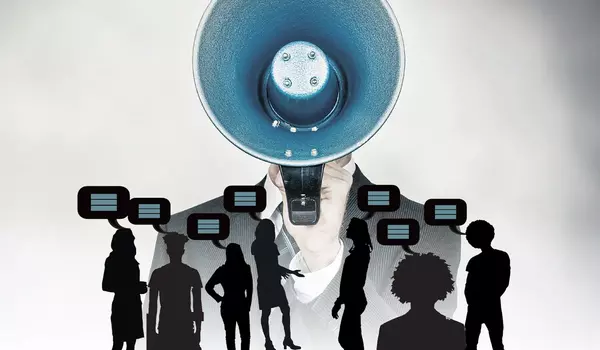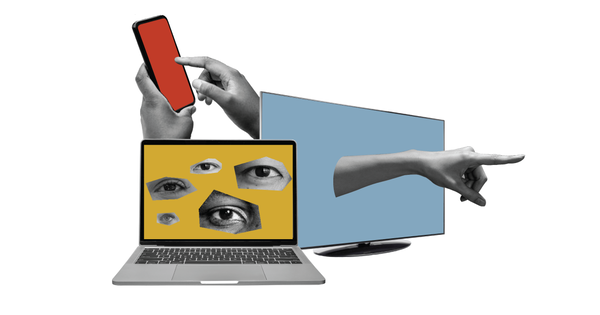In our interactions with technology, the shift from manual to oral communication can have an impact on what consumers reveal about themselves. A new Journal of Marketing article by researchers from the University of Miami and New York University examines how voice technology can affect what consumers reveal about themselves. Johann Melzner, Andrea Bonezzi, and Tom Meyvis wrote the study, “Information Disclosure in the Era of Voice Technology,” which will be published in the Journal of Marketing.
We live in a time when consumers are constantly interacting with technological devices that are linked to the internet. Consumers reveal information about themselves whenever they search for information online, make purchases, or consume videos, music, and other content. This transparency has enabled technology companies to collect unprecedented amounts of consumer information, which they have monetized directly, mined to identify unmet needs, or used to optimize marketing activities such as segmentation, targeting, and pricing.
Consumers previously interacted with technology primarily through manual communication, which entails typing or selecting options via clicks or touches. Voice technology (as a result of artificial intelligence) has enabled interactions to take place through oral communication, and consumers are increasingly using their voices to interact with their phones, tables, and other devices.
According to our findings, voice technology can both increase and decrease disclosure. Our research can help policymakers understand how to regulate the collection and use of information disclosed to voice technology in the interest of consumer welfare.
Bonezzi
Melzner explains that “The rapid propagation of voice technology raises a vital question: Do consumers disclose more or less information about themselves when they interact with technology orally rather than manually? To answer this question, one needs to consider that consumers can disclose information about themselves both verbally, that is, by voluntarily providing information through language, as well as nonverbally, that is, by involuntarily revealing information through vocal paralanguage and ambient sound.”
Verbal Disclosure
In addition, the researchers identify mechanisms that result from fundamental differences between oral and manual communication. They incorporate these mechanisms into a decision-making framework for verbal disclosure, demonstrating the complex ways in which communication modality can influence consumers’ willingness to disclose information. This modality-dependent framework not only serves as a springboard for future research, but it can also be used by marketers to determine when and how oral versus manual communication may increase or decrease consumers’ willingness to disclose information verbally.

Nonverbal Disclosure
Oral communication with connected technologies enables the capture of information that goes beyond language in the form of nonverbal disclosures, which are largely absent in manual communication. When consumers speak to connected devices, vocal paralanguage (e.g., the sound of their voice or how something is said) and ambient sounds (e.g., sounds in the current environment and from activities) are captured inadvertently and reveal information about them.
The article provides an overview of marketing-relevant information derived from such auditory nonverbal disclosures about consumer states (e.g., emotions, health conditions, current activities) and traits (habits, ethnicity, personality, identity). Additionally, it provides an overview of industry patents attesting both to the wide range of information about consumers that can be extracted from audio data and to industry interest in leveraging such data.
Practical Implications
Of interest to marketers:
- Practically relevant suggestions for marketers to aid them in counteracting processes that reduce consumers’ likelihood to disclose information verbally when speaking with connected devices.
- How vocal paralanguage and ambient sound as new sources of information in oral interactions with connected devices can be used to improve targeting effectiveness, specificity, and context-awareness.
Of interest to policymakers:
- Suggestions for consumer protection measures against mechanisms that may misleadingly increase consumers’ verbal disclosure likelihood when speaking to connected devices.
- Privacy challenges of collecting and using information inferred from vocal paralanguage and ambient sound inherently captured in oral interactions with technology in light of both U.S. and European privacy legislation.
“According to our findings, voice technology can both increase and decrease disclosure. Our research can help policymakers understand how to regulate the collection and use of information disclosed to voice-technology in the interest of consumer welfare. Our analysis, in particular, calls for stronger privacy safeguards for information disclosed during oral interactions with technology” Bonezzi explains.















